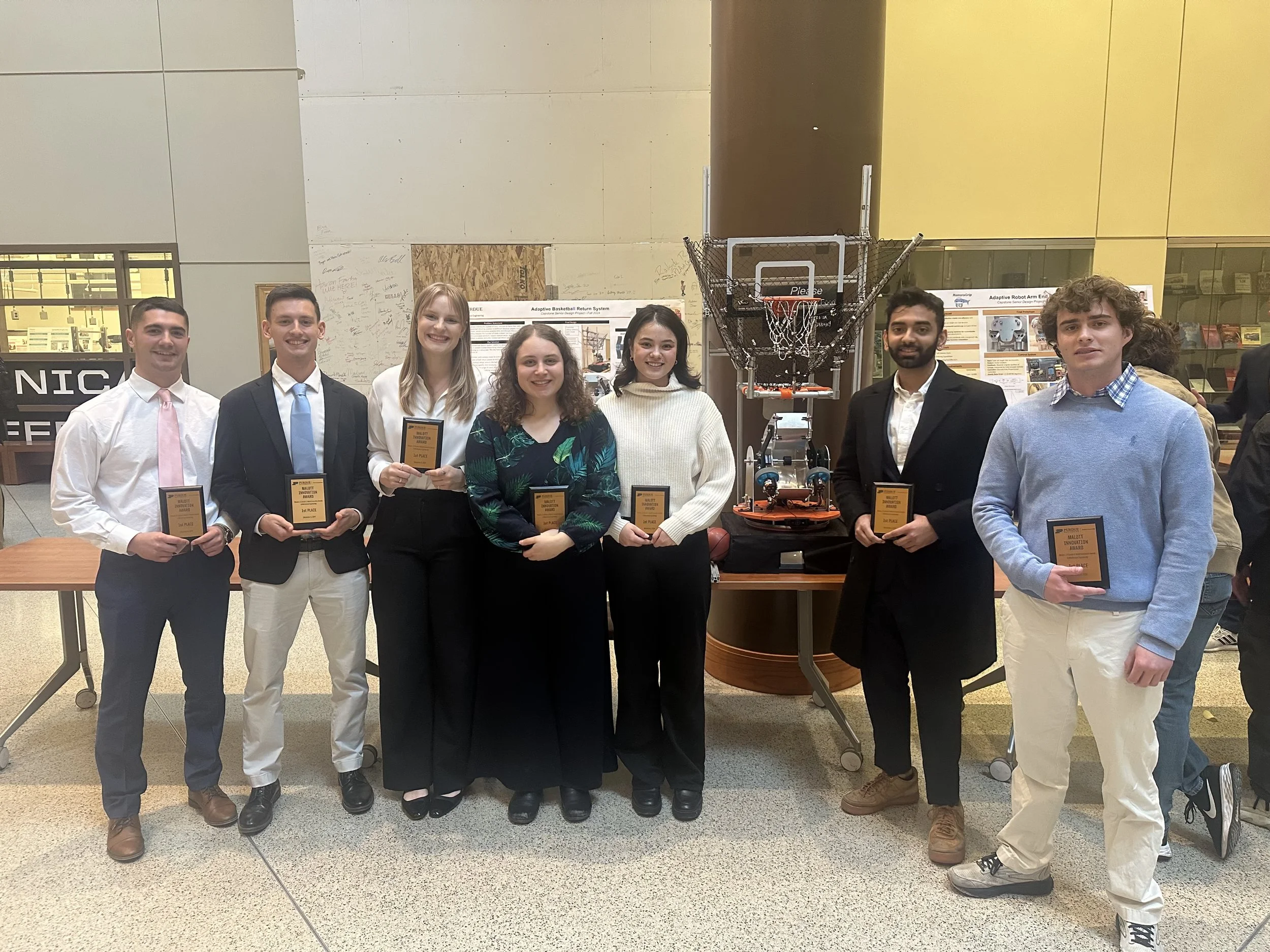"Novel method for measuring dense 3D strain map of robotic flapping wings," Measurement Science and Technology (2018)
/[109] B. Li and S. Zhang, "Novel method for measuring dense 3D strain map of robotic flapping wings," Measurement Science and Technology, 29(4), 045402 (2018);
Abstract
Measuring dense 3D strain map of inextensible membranous flapping wings of robots is of vital importance to the field of bio-inspired engineering. Conventional high-speed 3D videography method typically reconstructs the wing geometries through measuring sparse points with fiducial markers, and thus cannot obtain full-field mechanics of the wings in details. In this research, we propose a novel system to measure dense strain map of the inextensible membranous flapping wings by developing a superfast 3D imaging system and a computational framework for strain analysis. Specifically, first, we developed a 5,000 Hz 3D imaging system based on the digital fringe projection technique using the defocused binary patterns to precisely measure the dynamic 3D geometries of rapidly flapping wings. Then, we developed a geometry-based algorithm to perform point tracking on the precisely measured 3D surface data. Finally, we developed a dense strain computational method using the Kirchhoff-Love shell theory. Experiments demonstrate that our method can effectively perform point tracking and measure highly dense strain map of the wings without many fiducial markers.



